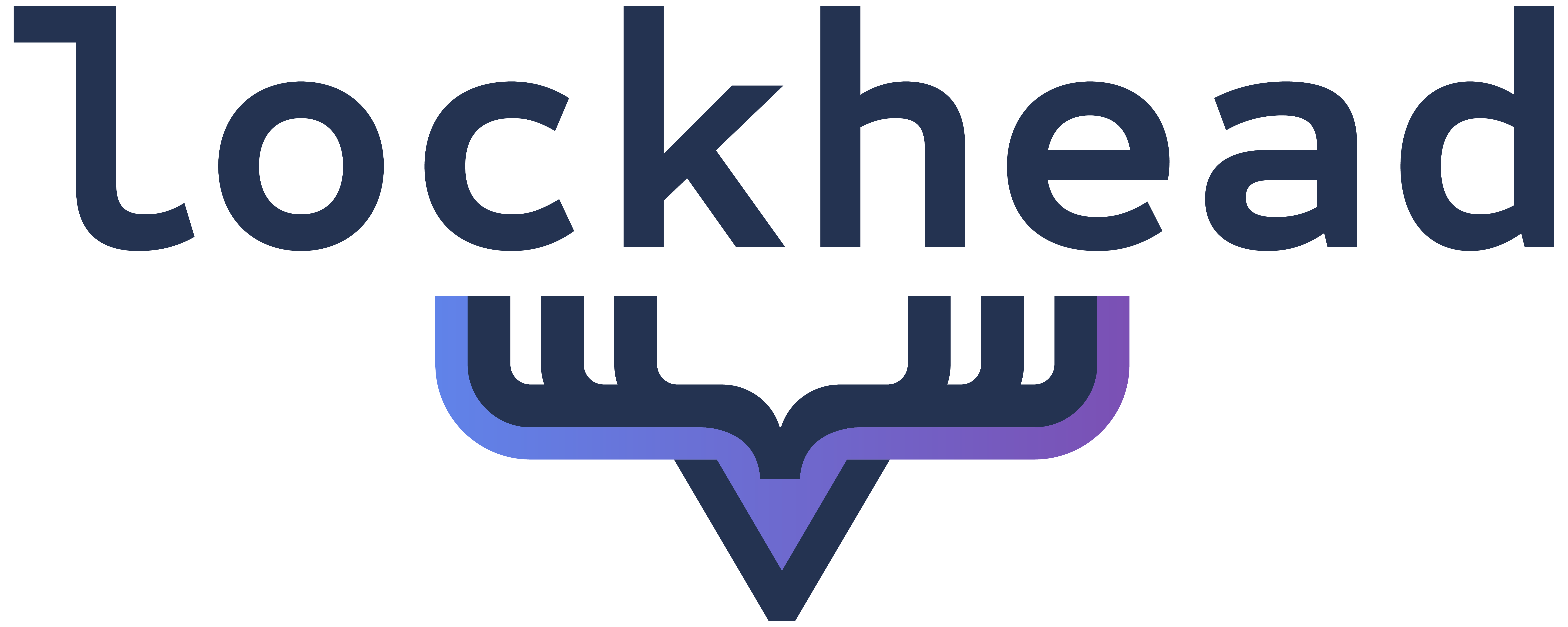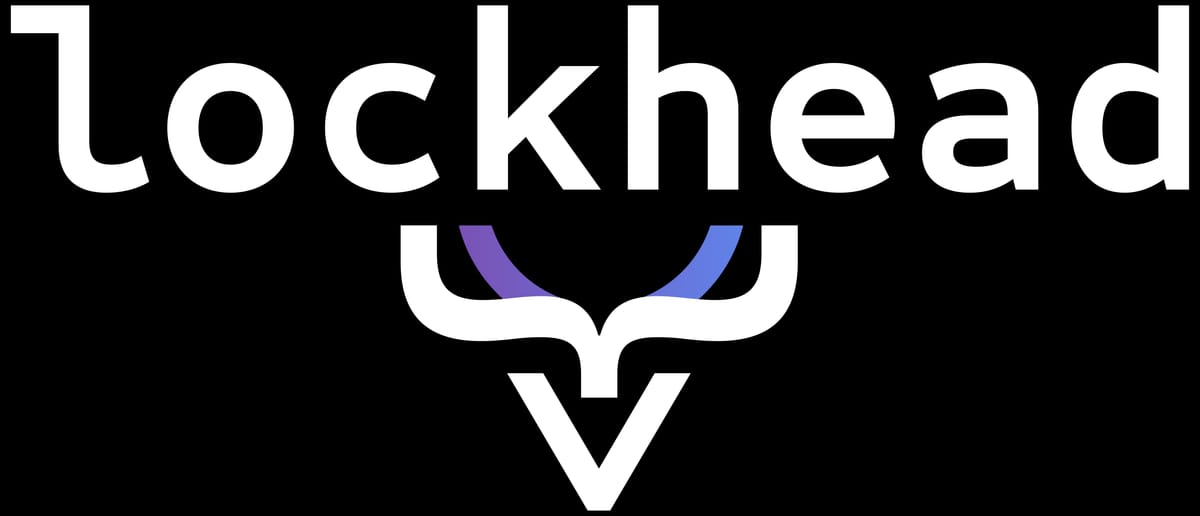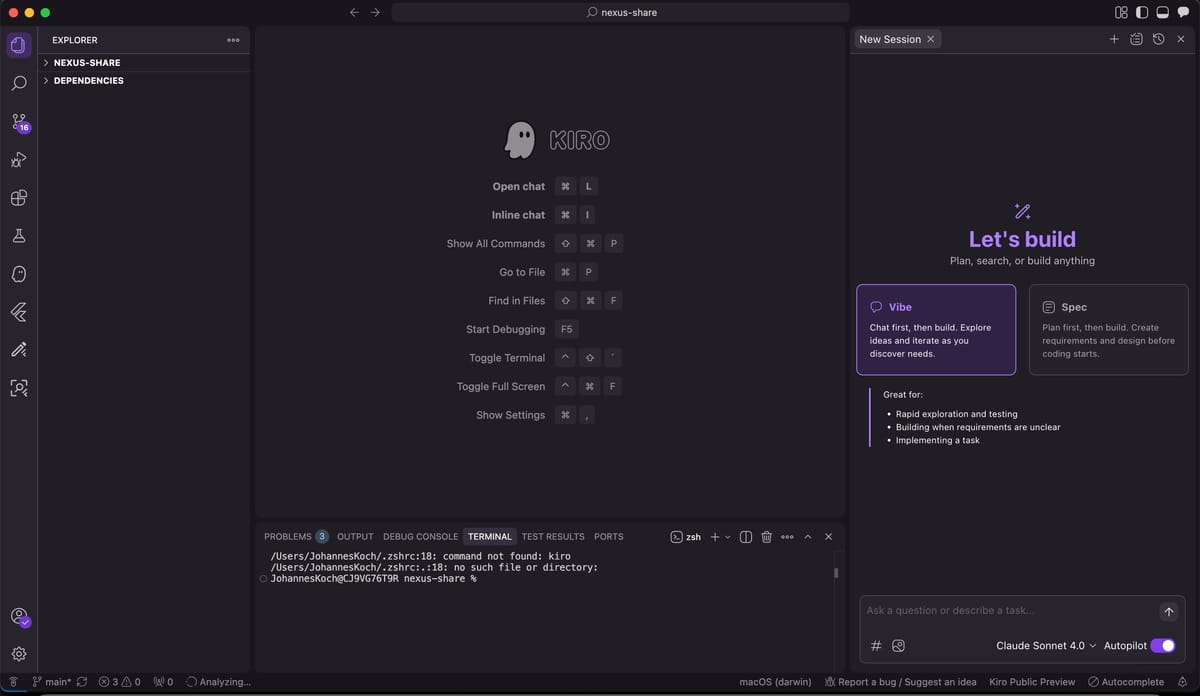
Recent Posts
View all posts
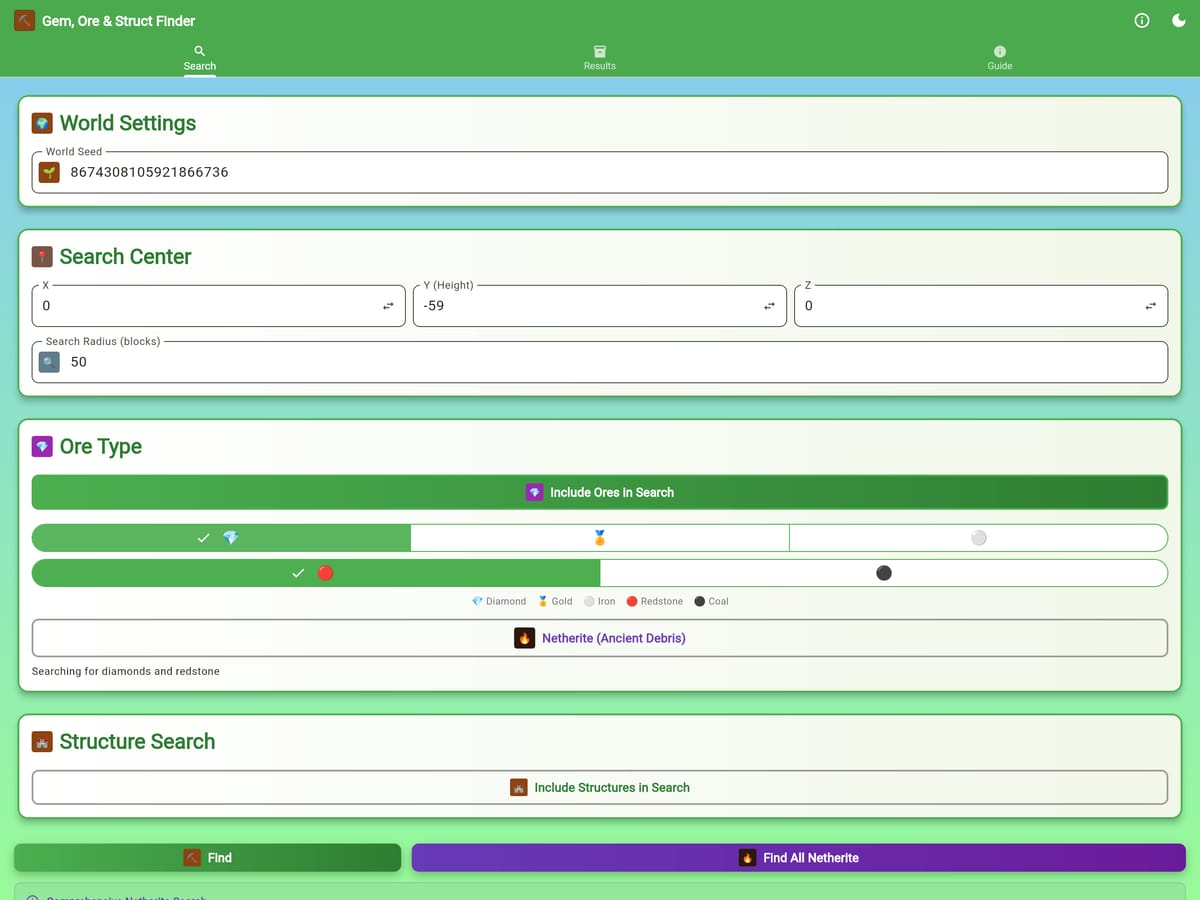
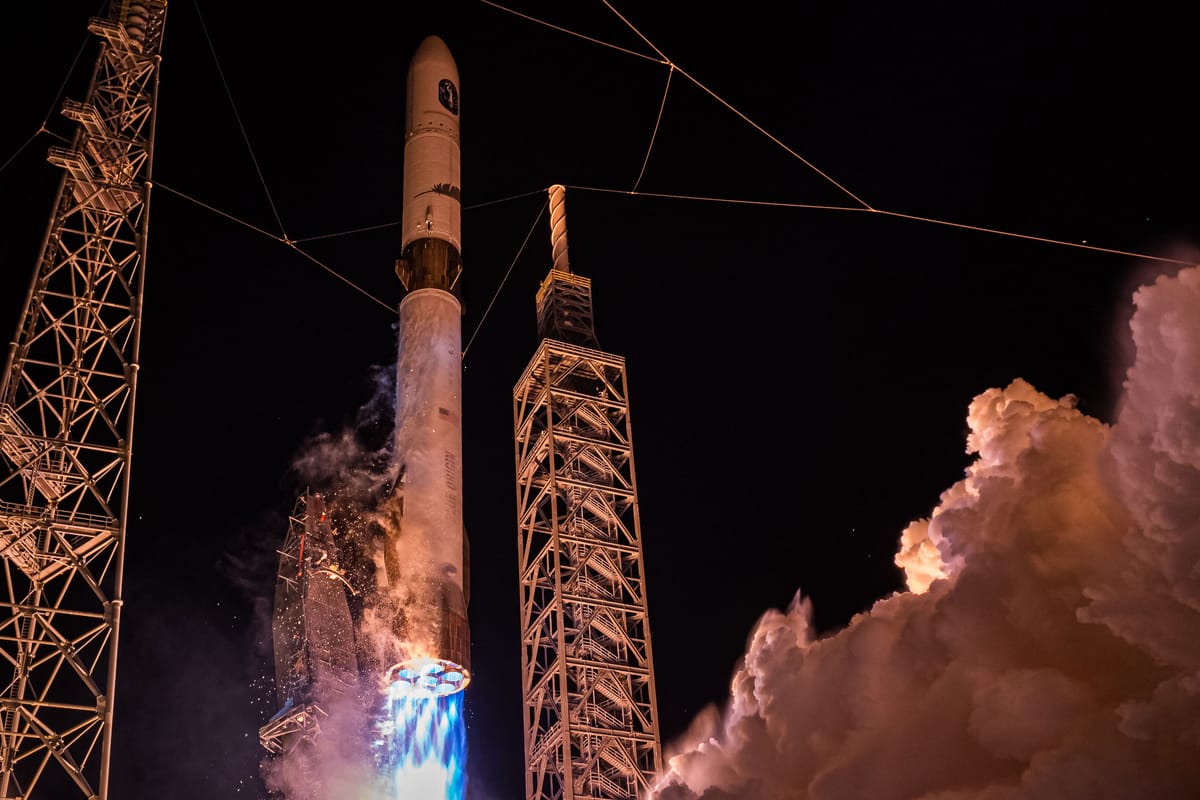
August 20, 2025 • Lockhead
From a 'simple' website to a webapplication in less than 10 days


May 27, 2025 • Lockhead
Launching my new homepage with Amazon Q Developer

Subscribe to my Newsletter
Stay updated with the latest articles and news. No spam, I promise!
